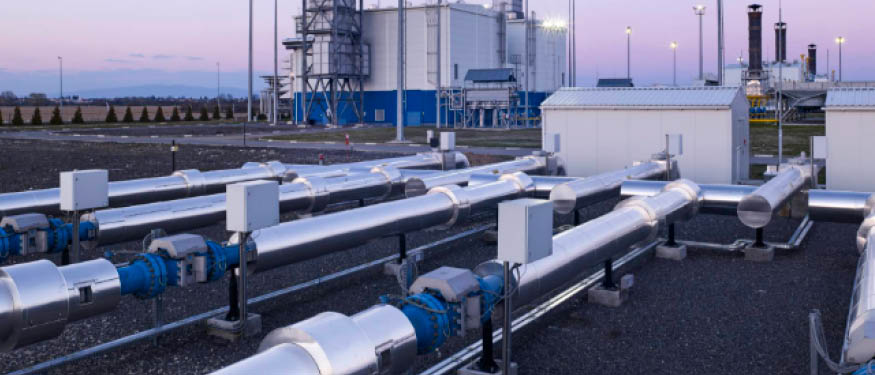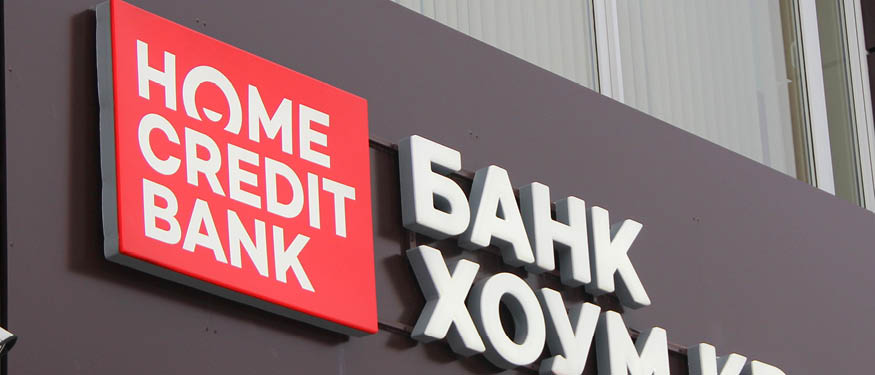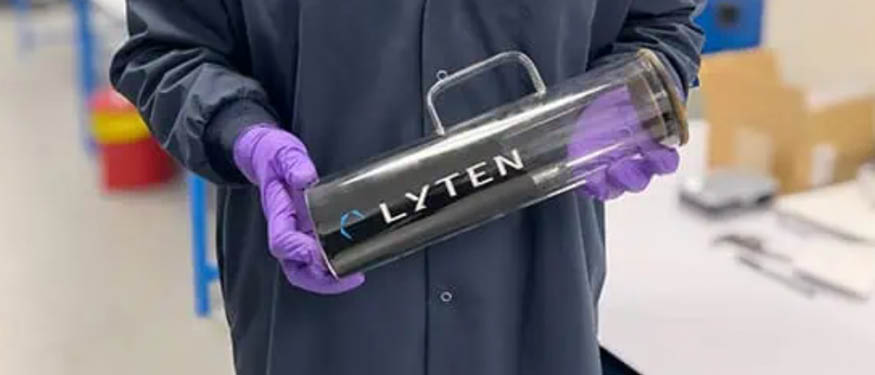Poland, which still produces 80% of power and 75% of district heating by coal-fired generation, is about to face an unavoidable and profound transformation of its energy market. The Best Available Techniques (BAT) conclusions for large combustion plants that will enter into force in 2021, the derogation mechanism that will end in 2023, and the medium combustion plant emission limits that will become effective in 2026 all require that enormous and economically questionable investments be made in new filters for coal generation units.
In fact, due to the reform of the EU Emissions Trading System scheme almost all Polish coal units are already operating at a loss. Only 4 GW of recently-commissioned coal power plants and 6 GW of lignite power plants might stay profitable for the time being. But this capacity is not enough to secure the peak load of almost 27 GW in the winter and 24 GW in the summer. Additionally, the operating capacity of gas power plants is limited to 2 GW. Currently, almost 50% of consumer heat is based on district heating, but a switch from coal baseload to gas baseload/combined cycle gas turbines is planned for only half a dozen major cities. Also, 80% of individual consumer heat is still based on coal furnaces, which will have to be exchanged very soon due to bad air quality.
The EU Commission has already fined Poland for insufficient progress. Recently, the government launched a huge program to promote heat pumps and rooftop solar installations. Ultimately, heat pumps will substantially increase the demand for cheap but intermittent renewable power, and storage of power and heat will become inevitable to stabilize the power network and local heat supply. A new market report launched by Enervis Energy Advisors and Solivan forecasts that 10 GW of new wind and 17 GW of new solar capacity will be installed by 2030.
It is no secret that Poland will not meet its 2020 RES target in all three sectors. In 2016, the new government introduced a “distance rule” for the location of wind power turbines which hampered further project development. However, in 2016 Poland introduced a contract-for-difference support scheme, and as a result of the first RES auctions (which took place at the end of 2016 and the middle of 2017) almost 1 GW of small scale solar has been commissioned. In the 2018 RES auction, 1 GW of onshore wind farms and 0.5 GW small scale solar has been awarded and will be commissioned by the end of 2020. The 2019 auction, which will take place in December, should see the award of up to 2.5 GW onshore wind farms and 0.5 GW. The volume for 2020 RES auctions is not yet known, but Poland has to continue with its auction support system until 2020 RES targets are met. Consequently, government representatives have announced that the “distance rule” for onshore wind farms should be cancelled next year. Also grid operators have changed their policy and are currently granting new grid connections for planned RES generators.
The Polish government has also declared its intention to speed up development of the offshore wind energy sector. The currently-granted grid connections amount to a total capacity of 7.1 GW. Poland is currently in the process of developing a spatial development plan for Polish maritime areas, which is required by law to be adopted by the end of March 2021. In addition, work is underway on a dedicated act for this sector.
Considering that support systems are only a temporary solution and will not be available for new projects for a few years, the Polish market is already looking for new solutions to support RES investments. Corporate power purchase agreements are an increasingly popular solution, but only a few agreements for operating wind farms have been concluded so far. The first (sleeved) corporate PPA for a planned 20 MW wind farm has recently been concluded.
The transaction and finance market for RES investments is speeding up significantly and many national and international investors are active on the Polish market – especially in the onshore/offshore wind and small/large scale solar sectors. The financing market is re-opening again, and senior loans from commercial banks and private debt providers are available, as is mezzanine finance.
By Christian Schnell, Partner and Olga Wasilewska, Senior Associate, Solivan Pontes Warsaw
This Article was originally published in Issue 6.12 of the CEE Legal Matters Magazine. If you would like to receive a hard copy of the magazine, you can subscribe here.


















